The flash floods caused by heavy rainfall across much of Pakistan have resulted in over 1,000 fatalities, thousands of injuries, and tens of thousands of people being displaced.
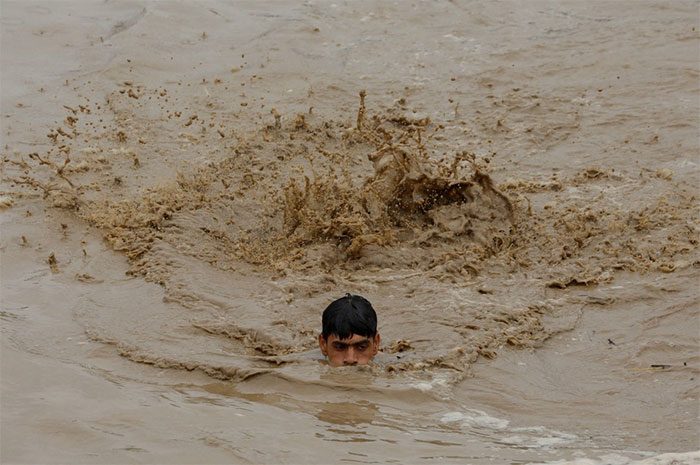
On August 27, tens of thousands of people were forced to leave their homes in northern Pakistan after rising river waters destroyed a major bridge, while floods continued to ravage much of the country, according to Reuters. The Pakistani government has called for international assistance. Salman Sufi, an official from the Ministry of Interior, stated that the U.S., U.K., United Arab Emirates (UAE), and several other countries have provided support, but more funding is needed given the current damage, as reported by the BBC.
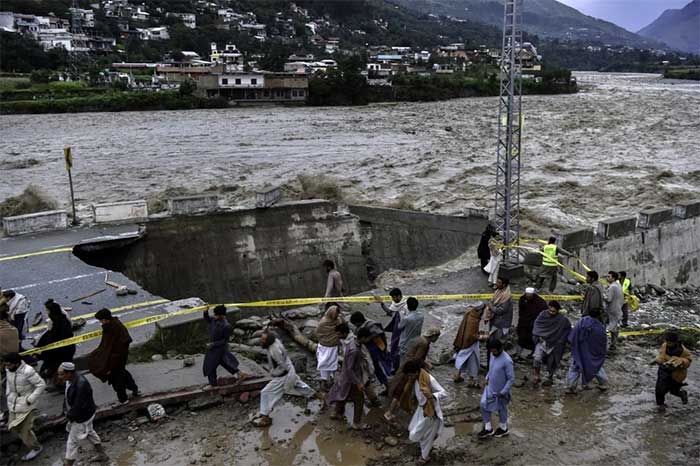
Severe flooding in Khyber Pakhtunkhwa province caused the Kabul River to rise, sweeping away a large bridge overnight and cutting off transportation routes in several districts.
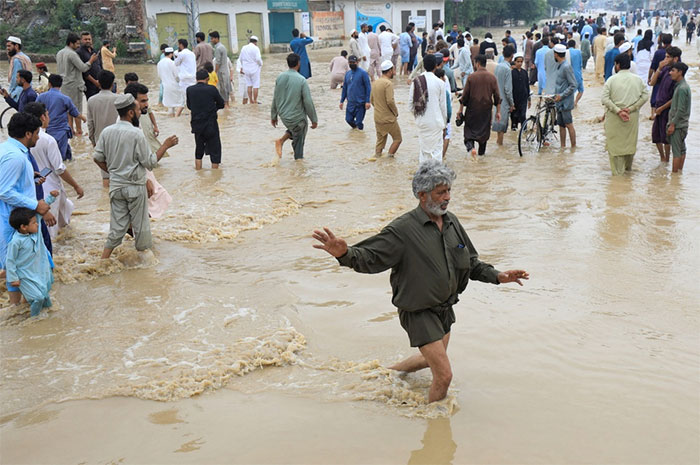
Sania Safi, an official in Charsadda district, reported that in Khyber Pakhtunkhwa, the floods destroyed the gates of a major irrigation system on the Swat River, leading to severe flooding in Charsadda and Nowshera districts. She expressed concerns about further rising waters in the Swat and Kabul rivers, exacerbating the suffering of residents who have already endured significant loss of life and property.

The picturesque Kalam Valley in Khyber Pakhtunkhwa is one of the areas hardest hit by the floods. Waters from the rivers have swept away entire buildings, including a landmark hotel in the region, according to the Washington Post.
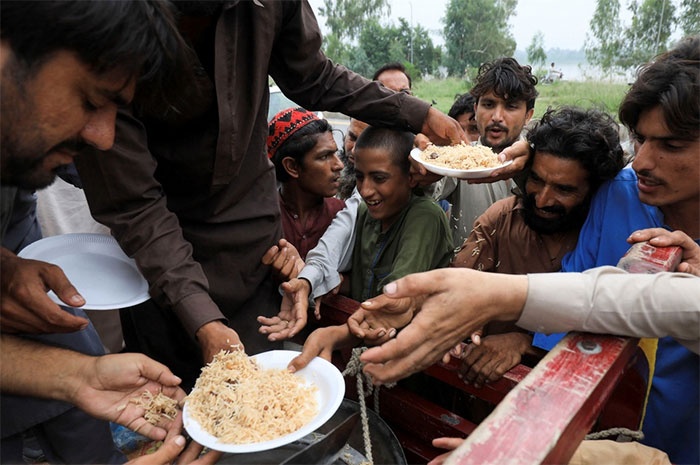
“The situation is quite serious; we have no connection to the rest of the province, no electricity, gas, or communication. Relief cannot reach us now,” described Muzaffar Khan, the owner of a grocery store that was swept away like many other shops.
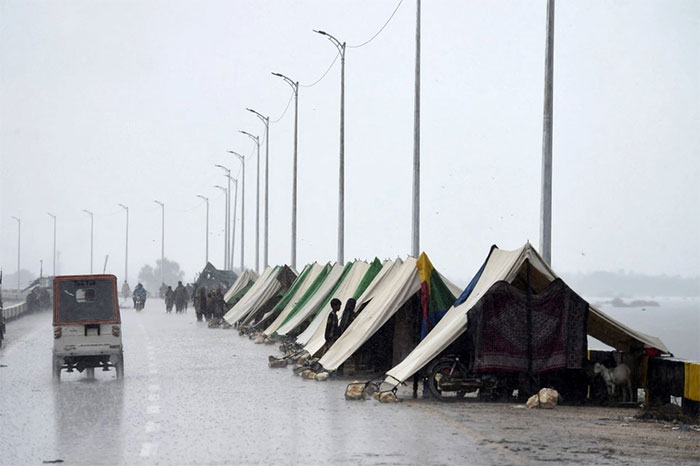
Authorities reported that concerns over flooding along riverbanks forced approximately 180,000 people in Charsadda district to evacuate, while many families with livestock set up tents to shelter from the rain overnight on the highway.
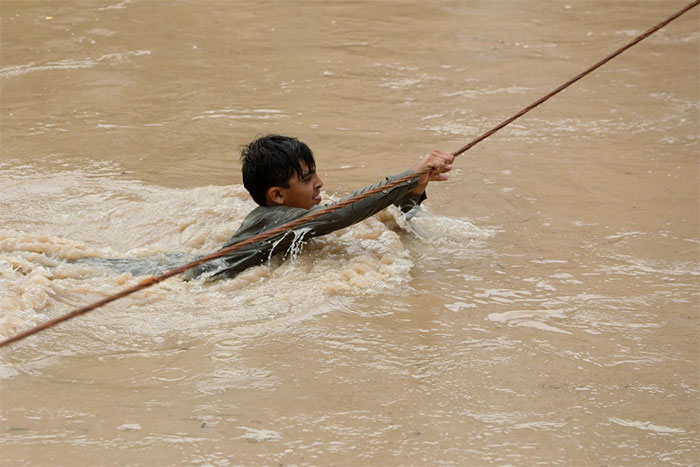
In Punjab province, Rajan Pur district appears to be among the hardest hit, along with Dera Ghazi Khan district. Thousands of mud and brick houses have been inundated, most of which have been completely destroyed or at least partially damaged.

People who lost their homes to the floods have sought refuge on higher ground, where they await relief supplies and other assistance.
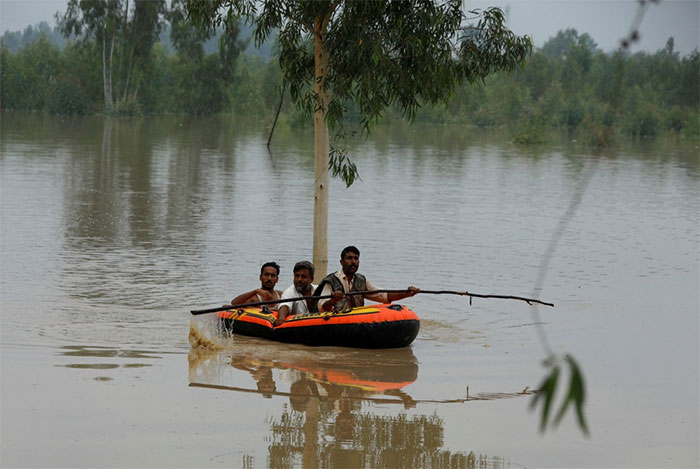
Rahim Hasan, 52, stated that he lost his home and two children—a daughter and a son, aged 14 and 16, respectively. “I have nothing left in this world; my house is destroyed, and my children were swept away by the water. Now we are lying helpless on this road, under the vast sky, where soldiers are feeding us,” he said.

Mr. Hasan reported that the road network has been destroyed and bridges swept away. Provincial officials confirmed 235 deaths, but the number is expected to rise significantly once communication networks are restored.
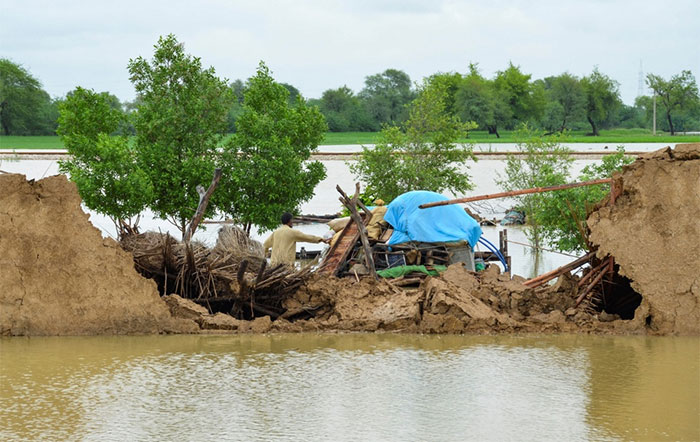
In Baluchistan, Asadullah Nasir, spokesperson for the provincial disaster response agency, reported that all 34 districts of this impoverished province have been severely affected by heavy rainfall and flooding. Information Minister Maryam Aurangzeb stated that soldiers and relief organizations are helping people reach safety in many districts in Sindh, Khyber Pakhtunkhwa, Punjab, and southwestern Baluchistan.
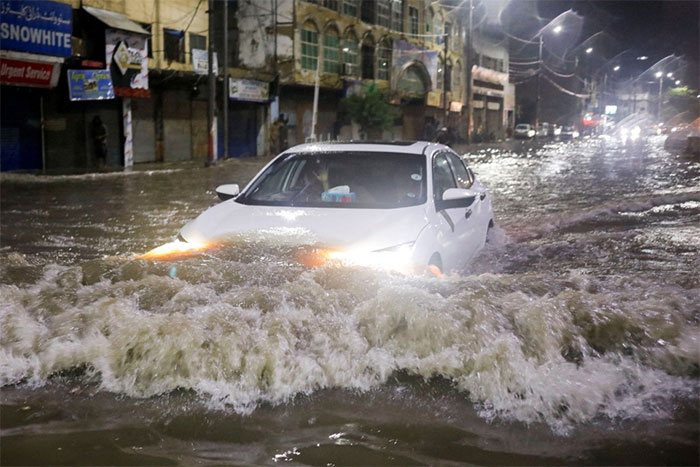
In Nowshera city, Quratul Ain Wazir, a local official, reported that floodwaters have submerged streets and are rushing toward low-lying areas. Khushal Wahab, who lives in a neighborhood in Nowshera affected by the floods, said this year’s flood has reminded residents of the disaster in 2010. “People are scared,” he said.
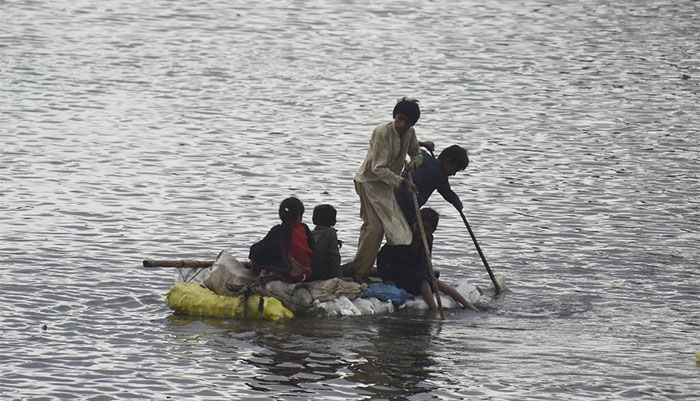
The country’s Minister of Climate Change stated that historic heavy rainfall and flooding in Pakistan have affected about 33 million people over the past few weeks, calling the situation a “climate-induced humanitarian disaster.”
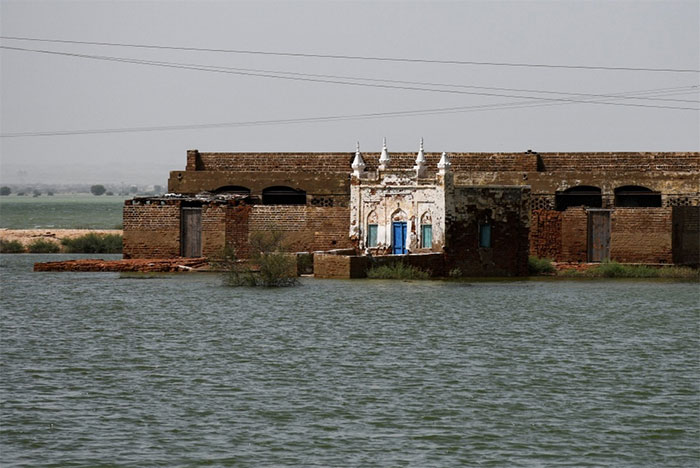
The crisis forced the government to declare a state of emergency. Pakistani leaders have even had to seek international assistance for disaster relief and recovery. Heavy rainfall is forecast to continue this week, primarily in the southern and southwestern parts of the country. The monsoon season typically lasts from July to mid-September in Pakistan.

















































